Introduction – 2024 NPPF changes
The UK government has proposed significant changes to the National Planning Policy Framework (NPPF) in 2024, with the aim of addressing housing provision, sustainability, economic growth, community well-being, and modernised planning processes. These changes aim to balance development needs with environmental conservation and community priorities, shaping a more resilient and inclusive planning framework.
The Key Changes – 2024 NPPF changes
- Housing and the Green Belt
The updated framework prioritises affordable housing, particularly in areas such as the Green Belt, where at least 50% of new homes must be affordable. It emphasises diverse housing needs, supporting smaller and medium-sized developments to increase housing supply and addressing the requirements of specific demographic groups, including older people and students. Local planning authorities (LPAs) are also no longer required to demonstrate a rolling five-year housing land supply if their Local Plan is less than five years old and initially identified sufficient sites for housing.
The framework introduced the concept of the ‘Grey Belt’. This represents a new approach to land use within the Green Belt. Grey Belt refers to specific areas of lower-value Green Belt land, such as previously developed land or land making a limited contribution to the Green Belt’s purposes. It serves as a second-tier priority for development, following brownfield land, and is intended to balance the need for housing and economic growth with environmental protections.
- Sustainability
The updates introduce stronger requirements for climate resilience, supporting renewable energy and sustainable transport options to reduce carbon emissions. Significant weight must be given to applications supporting energy efficiency and low-carbon heating improvements, provided they respect heritage and conservation. Policies now explicitly support mansard roof extensions and measures ensuring new that urban development maintain harmony with local character.
- Economic Growth
The framework promotes the diversification of town centres, encouraging more residential opportunities to boost activity. It also supports the sustainable growth of rural businesses, tourism, and other economic activities, such as digital technology and clean energy. This approach ensures economic development, while respecting environmental and social factors. Greater emphasis is also placed on considering agricultural land quality when allocating land for development, with a preference for lower-quality land to protect food production.
- Community Wellbeing
Measures include restricting fast-food outlets near schools to encourage healthier living and ensuring adequate provision of social infrastructure, such as healthcare, education, and public safety facilities. These policies aim to create safe, inclusive, and thriving communities by addressing the needs of diverse populations and reducing health inequalities.
- Plan-Making
The framework supports the growth of digital technologies to enhance public accessibility and engagement in planning. It also supports neighbourhood and strategic planning, ensuring that local initiatives contribute effectively to broader development goals. These updates make the planning system more efficient, transparent, and adaptable to future needs.

How does this impact proposals for annexes and garden rooms?
Opportunities
- Small-Scale Developments: The NPPF encourages efficient land use, making annexes and garden rooms easier to justify, especially where they meet local housing needs or improve living conditions.
- Health and Wellbeing: Proposals that support multigenerational living or provide adaptable spaces (e.g., home offices or gyms) align with policies promoting inclusive, healthy communities.
- Design and Sustainability: High-quality, sustainable designs that complement local character are prioritised, creating opportunities for innovative, eco-friendly proposals.
Potential Challenges
- Green Belt: Proposals in Green Belt areas face strict assessment to ensure they do not compromise openness or conflict with Green Belt purposes.
- Overdevelopment: In urban areas, overdevelopment of gardens may be resisted, especially where it reduces green space or impacts neighbour amenity.
- Local Planning Policy: Adherence to neighbourhood and local plans is critical, with potential restrictions on size, location, or design.
Conclusion
The NPPF 2024 represents a progressive approach to planning, balancing development with environmental protection, economic growth, and community wellbeing. For small-scale projects like annexes and garden rooms, the framework offers opportunities through its emphasis on efficient land use, sustainable design, and addressing local needs. However, it also presents challenges, particularly in areas with stricter policies such as the Green Belt or urban regions where overdevelopment concerns prevail.
By aligning with sustainability goals and design standards, these projects can support adaptable and inclusive communities while adhering to the framework’s broader objectives.


